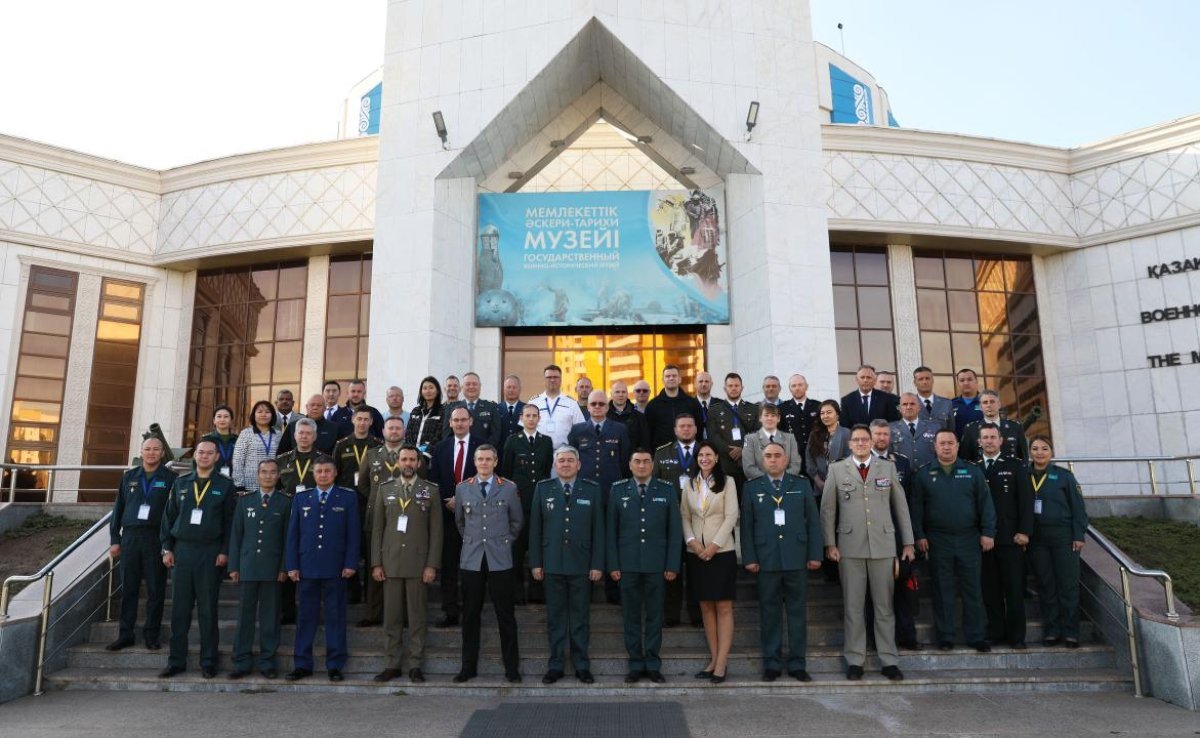Observers conducted inspections of samples of weaponry and military equipment.

As part of the Vienna Document of 2011, aimed at enhancing trust and security in Astana, events were opened with subsequent visits to an airbase and an airborne assault brigade in Taldykorgan, as reported by Sarbaz.kz.
Participating in these events were chiefs of verification centres from OSCE participating states in the Organization for Security and Cooperation in Europe, representatives from the Conflict Prevention Centre of the OSCE Secretariat in Vienna, Austria, the OSCE Program Office in Astana, and military experts.
Colonel Kanat Aubakirov, Chief of the Centre for Arms Control and Inspection at the Ministry of Defence of Kazakhstan, expressed his gratitude to the OSCE Program Office in Astana for their fruitful cooperation and support.
He emphasised: "Kazakhstan has been and remains a consistent and active participant in international cooperation in the field of arms control and non-proliferation of weapons of mass destruction."
The practical segment of the event took place in the Zhetysu region. During their visit to the airbase in Taldykorgan, foreign experts familiarized themselves with its infrastructure and daily operations. Military specialists examined Su-30SM combat aircraft, parking areas, aircraft maintenance facilities, training simulators for pilots, and the equipment used by aviators. Observers were also treated to demonstrations of complex aerial maneuvers and air combat tactics conducted by fighter aircraft.
For the foreign guests, the command of the Airborne Assault Troops organized a briefing that acquainted them with the history of the formation of the airborne assault brigade and the tasks it carries out during peacetime.
Military experts also had the opportunity to become acquainted with the living conditions provided for servicemen, visiting barracks, dining facilities, and other socio-cultural facilities.
At training sites, airborne troops demonstrated their skills in fire, tactical, and airborne training, as well as proficiency in small arms and the operation of combat vehicles.